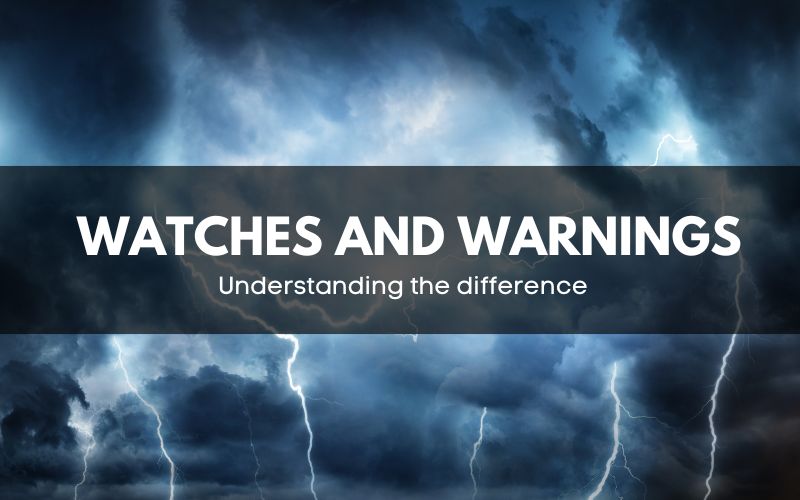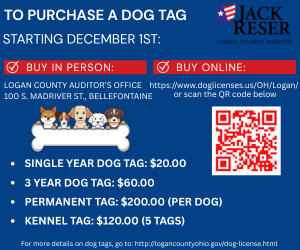When severe weather strikes, timely and accurate information is key to staying safe.
The National Weather Service (NWS), the government entity responsible for issuing weather alerts, plays a critical role in ensuring the public is informed.
In the Wilmington area, the NWS office is the local authority on weather watches and warnings, which are essential for protecting life and property.
In severe weather season, understanding the difference between a watch and a warning can be life-saving.
A WATCH is issued when the conditions are right for severe weather to develop.
While severe storms or tornadoes haven’t formed yet, the potential is there.
In this case, the advice is to stay alert and begin preparing.
This is a good time to review your safety plan and know where to go if a tornado or other severe weather event does occur.
Being proactive and ready for potential dangers can make a critical difference when time is limited.
On the other hand, a WARNING is issued when severe weather is either occurring or has been observed.
If a tornado warning is issued, a tornado has been seen in the area, or radar indicates one is on the way.
This is the time to act immediately.
For tornadoes, seek shelter in a safe spot—such as a basement, storm cellar, or interior room without windows.
If it’s a Severe Thunderstorm Warning, head indoors, stay away from windows, and stay alert to further updates.
Understanding these alerts and acting promptly is crucial for ensuring safety when severe weather threatens.
Be prepared, stay informed, and always act swiftly when a warning is issued.















